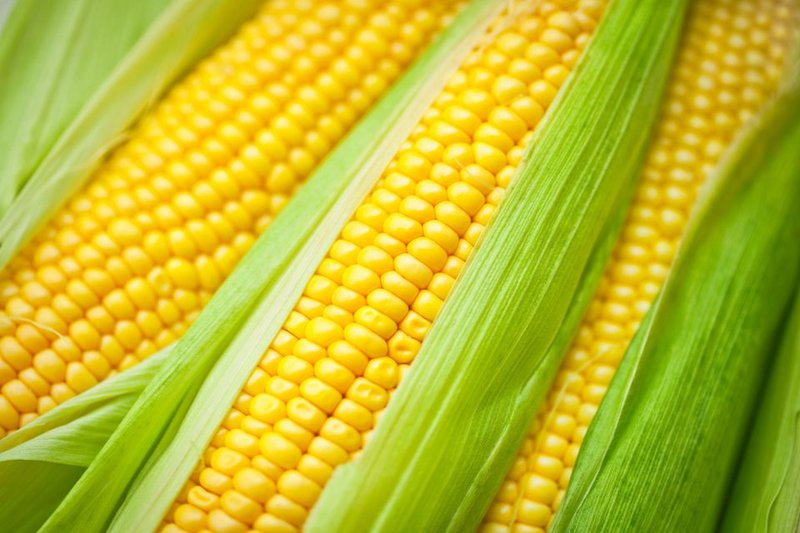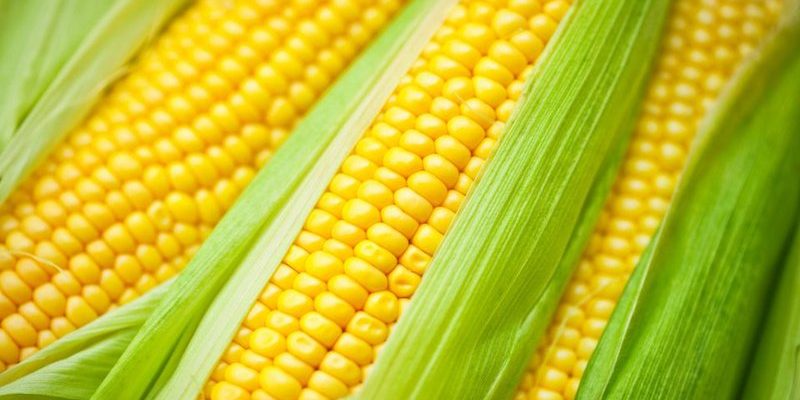
Corn snakes are native to North America, particularly the southeastern United States. But they’re more than just a simple snake; they have a unique place in various ecosystems and even cultures. You might be wondering how their habitats vary and where else they might pop up around the globe. Let’s dig deeper into the world of corn snakes and uncover their natural homes.
Native Habitat: Southeastern United States
Corn snakes are primarily found across the southeastern United States, from southern New Jersey down to southern Florida and as far west as Louisiana. Their preferred habitats include areas like woodlands, fields, and even farmlands. Think of these environments as a buffet for corn snakes, offering plenty of hiding spots and prey, like mice and insects, to munch on.
One of the most fascinating aspects of their habitat is their ability to thrive in various environments. You might spot them in abandoned buildings or under vegetation, where they feel safe from predators. Corn snakes tend to be more active in the warmer months, so during the spring and summer, they can often be seen sunbathing or hunting.
Behavior and Adaptability
Here’s the thing: corn snakes are renowned for their adaptability. They can adjust to different environments and climates, which is pretty impressive. While they’re mainly found in the southeastern U.S., their flexible nature allows them to survive in other regions, too. For instance, you might find them thriving in agricultural areas where crops provide good shelter.
This adaptability doesn’t just help them survive; it also contributes to their popularity as pets. When corn snakes are bred in captivity, they often exhibit beautiful colors and patterns, making them appealing to snake enthusiasts. Their ability to thrive in controlled environments is a testament to their hardy nature.
Population Distribution: Beyond the U.S.
While most corn snakes are found in the United States, they haven’t completely confined themselves to one area. Occasionally, you might hear about corn snakes being spotted in other regions. For example, there have been reports of corn snakes in parts of Mexico. However, these sightings are quite rare and not indicative of a stable population.
You might be curious about how they manage to cross into different areas. Sometimes, they’re accidentally transported by humans, either through the pet trade or by hitching a ride in a vehicle. This can lead to isolated populations forming in unexpected places. However, these occurrences often don’t lead to large, sustainable groups, mainly due to environmental factors and competition with native species.
Role in the Ecosystem
Corn snakes play a crucial role in their ecosystems. They are important as both predators and prey. As predators, they help control populations of rodents, which can otherwise become problematic. A single corn snake can consume many mice in a year, keeping the balance of nature in check.
On the flip side, corn snakes are also food for larger animals. Birds of prey, coyotes, and some larger snakes see them as a tasty meal. This dual role is vital for the health of their habitat, helping maintain the food web. When you think about it, corn snakes are a little like the unsung heroes of their environment—keeping things running smoothly while also providing sustenance for other creatures.
Corn Snakes as Pets: A Global Phenomenon
With their stunning colors and friendly temperament, corn snakes have become popular pets worldwide. People from various countries have taken a liking to these snakes, leading to captive breeding programs that produce a wide assortment of morphs—think albino, caramel, and snow varieties.
In different parts of the world, corn snakes can even be found in the hands of enthusiasts in places like Europe and Asia. As a result, the corn snake community has grown, sparking interest in their care and conservation. You might see them featured in reptile shows, and their popularity continues to rise as more people learn about their gentle nature and ease of care.
Conservation Status and Challenges
While corn snakes are abundant and not currently endangered, they face challenges in the wild. Habitat loss due to urban development, agriculture, and pollution is a significant concern. These changes alter their natural environment and threaten their populations.
Furthermore, the illegal pet trade can lead to overharvesting, which can impact local wild populations. It’s crucial that conservation efforts focus on maintaining healthy habitats and educating the public about the importance of these snakes. Everyone can play a role in preserving the environments where corn snakes thrive.
From their native homes in the southeastern United States to becoming beloved pets across the globe, corn snakes have a rich story that highlights their adaptability and significance in ecosystems. Their striking beauty and gentle disposition make them fascinating creatures to study and care for.
As you think about corn snakes, remember they’re more than just pets or zoo attractions. They’re essential parts of our world that deserve respect and protection. So next time you see a corn snake, whether in the wild or at a pet store, take a moment to appreciate their journey and the role they play in nature.

